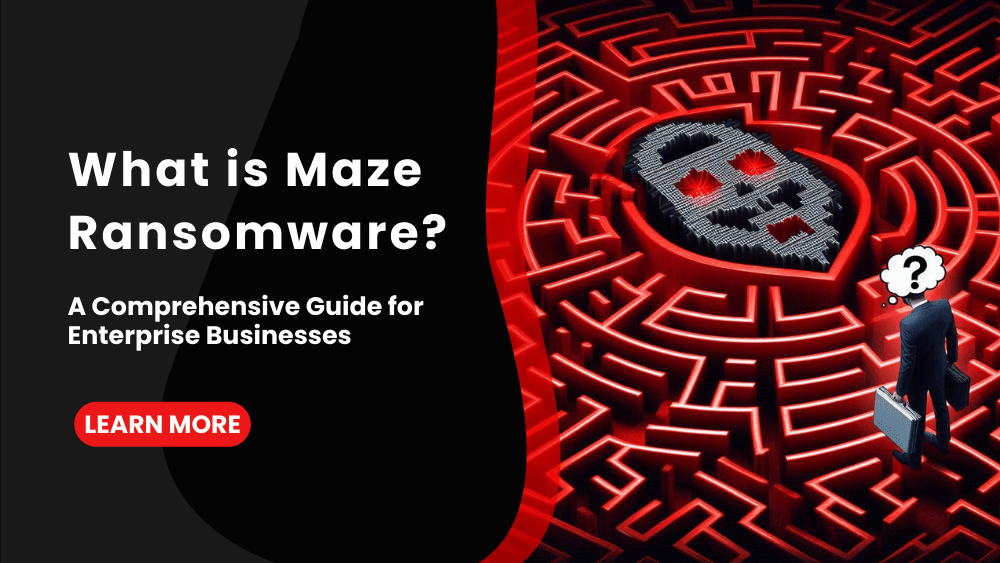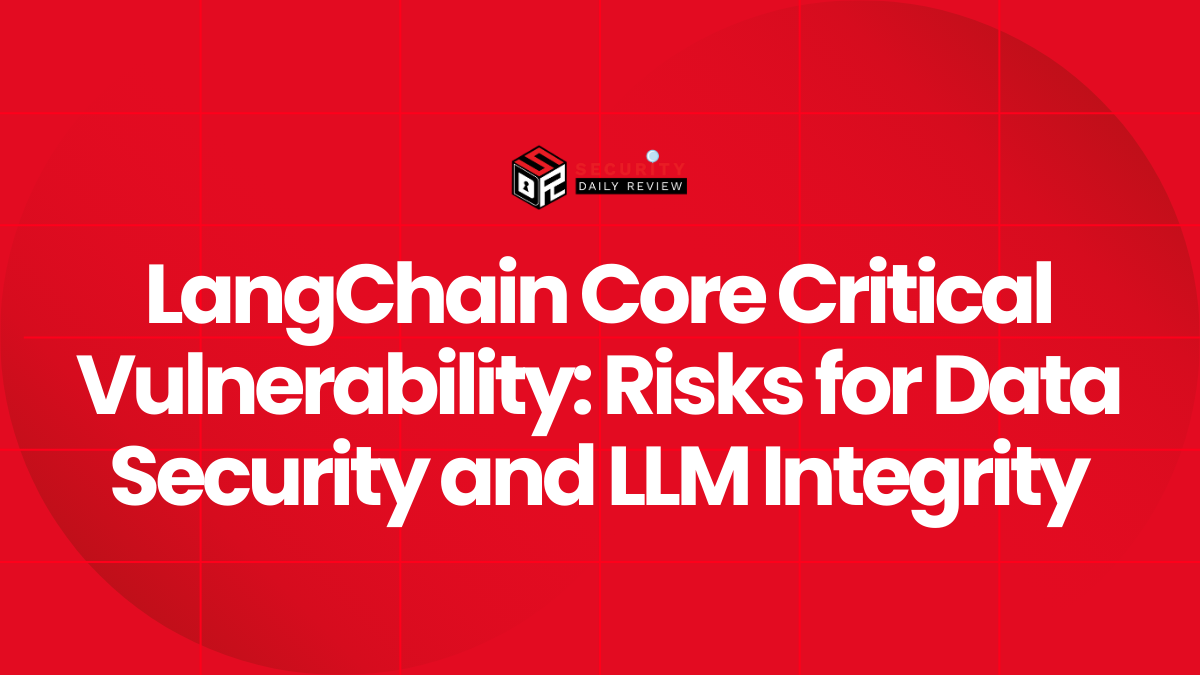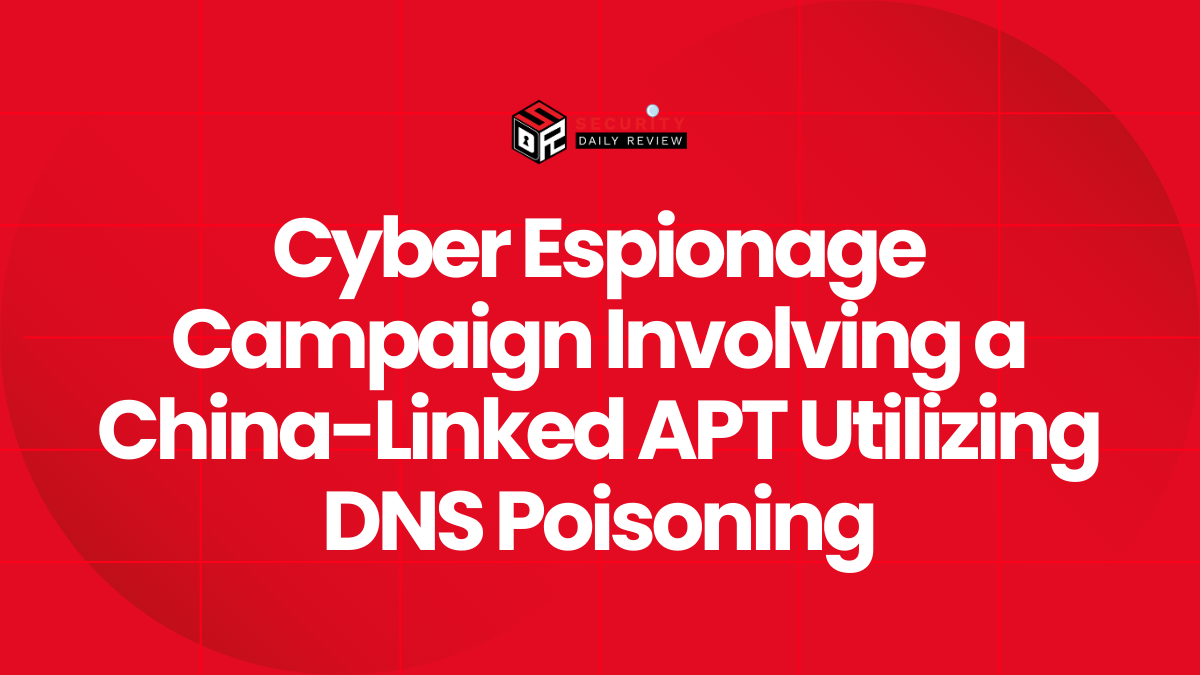Maze ransomware is a sophisticated strain of ransomware that has targeted numerous organizations globally across different industries. Like other ransomware variants, Maze encrypts files on infected systems and demands ransom payments in cryptocurrency for decryption. However, what makes Maze particularly dangerous is that the operators also steal data before encryption and threaten to leak it if victims do not pay the ransom.
This comprehensive guide will provide enterprises with the details needed to understand the threat posed by Maze ransomware. We will cover key areas like infection vectors, encryption process, extortion tactics, and examples of high-profile victims.
At the end are the best practices for prevention and recovery to help businesses strengthen their defenses against Maze and similar advanced ransomware strains.
How Maze Ransomware Infects Systems
Maze ransomware operators typically gain initial access to target networks through the following methods:
- Malicious spam emails containing weaponized documents or links: Word and Excel files frequently carry malicious macros or links to download Maze.
- RDP brute forcing: Maze actors scan the internet for systems with Remote Desktop enabled and brute force valid credentials.
- Exploit kits: Less common nowadays, exploit kits use vulnerabilities to install ransomware automatically once a system visits a boobytrapped site.
Once on a single system, Maze spreads laterally across the network using stolen admin credentials or exploiting vulnerable systems. The operators obtain elevated privileges to encrypt files across all accessible drives from their initial foothold.
In some cases, the initial access vector may come from a compromised partner or client of the target organization. So businesses need to practice due diligence with third parties’ cybersecurity hygiene as well.
Encryption Process and Ransom Demands
After establishing itself on the network, Maze executes its encryption routine:
It encrypts files with a strong asymmetric encryption algorithm like RSA-2048. This makes decryption without the private key nearly impossible.
A file extension like “.maze” is appended and ransom notes left on each infected system demanding bitcoin payments.
Maze ensures persistence through techniques like modifying the Master Boot Record and installing Chrome/Firefox extensions to lock files even after reboots.
Some key things to note about Maze’s ransom demands:
- They aggressively pursue larger enterprises and ask for ransoms in the millions for some high-profile victims like Cognizant.
- A dedicated Maze ransomware “store” lists victims and deadlines. As deadlines pass unpaid, they raise ransom amounts.
- They provide “technical support” chats for ransom negotiation but have strict payment deadlines.
So while Maze follows standard ransomware practices, the encryption method and extortion tactics make complete recovery very difficult without paying the ransom.
Data Theft and Public Shaming
What distinguishes Maze most is that operators steal significant amounts of data before encrypting systems. They exfiltrate anything of value like financial documents, HR files, customer databases etc. This stolen data serves two key extortion purposes:
- Maze operators threaten to publish the data publicly or sell it on dark web markets if victims do not pay the ransom in full and on time.
- They shame victims by leaking sample files and publishing breaches on a dedicated website with victim profiles and taunts about lacking security.
This introduces the risk of not just encrypted systems but long-term brand and financial damage from data exposure. It pressures victims into paying ransoms even if backup restoration is possible to avoid “having dirty laundry aired.”
Examples of Maze Ransomware Victims
Some high-profile organizations impacted include:
- Cognizant – A Fortune 500 IT firm paid an estimated $50-70M after a 2020 attack disrupted client services.
- Canon – Suffered 10TB of data theft in 2020 including emails and cloud applications.
- City of Pensacola, Florida – Hit in late 2019 resulting in some city services going offline until restored from backups.
- Xerox – Threatened with data leak after a mid-2020 breach stole customer support data.
- Many municipalities, healthcare providers, manufacturers and more have been selectively targeted.
These examples show how Maze actively pursues larger targets across industries worldwide, capable of seriously impacting global operations through encryption and data theft.
Prevention and Recovery Best Practices
To safeguard against Maze ransomware, enterprises should focus on the fundamentals of ransomware defense:
- Enable firewalls, implement email filtering, practice secure remote access and monitor for RDP brute force attempts.
- Deploy endpoint detection solutions and maintain updated antivirus definitions to block Maze’s infection vectors.
- Conduct staff security awareness training – most attacks start with human-operated infection chains.
- Back up critical data daily to an external location and test recovery from those backups periodically. Air-gapped offline backups prevent encryption.
- Consider deception methods like deploying encrypted dummy files that serve no purpose aside from wasting attackers’ time.
- In the event of infection, prioritize incident response practices over ransom negotiation.
- Isolate compromised systems, determine the encryption scope, investigate data theft risks and consult law enforcement.
- While paying ransom risks funding future attacks, data exposure remediation costs must also be weighed.
Conclusion
As one of the most formidable ransomware families today, Maze poses grave risks to unprepared enterprises through its file encryption, data theft capabilities and public shaming tactics. However, adopting a prevention-first approach through security awareness training, endpoint protection and resilient data backups can help safeguard critical systems and data from Maze ransomware’s menace. Staying vigilant against advanced cyber threats will remain important as ransomware criminals constantly evolve old techniques and develop new deception methods.









